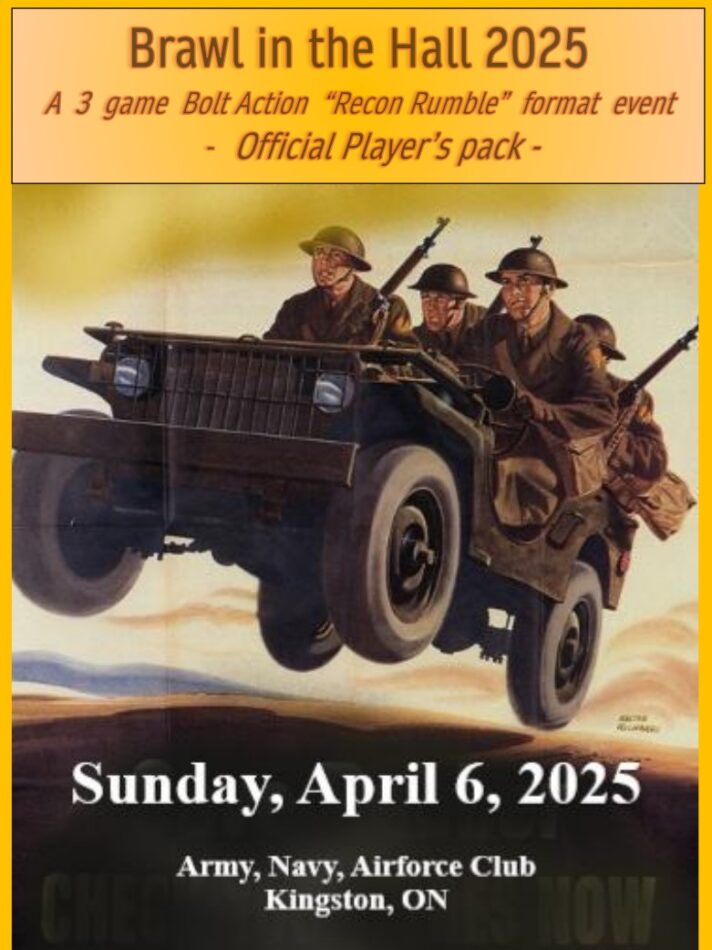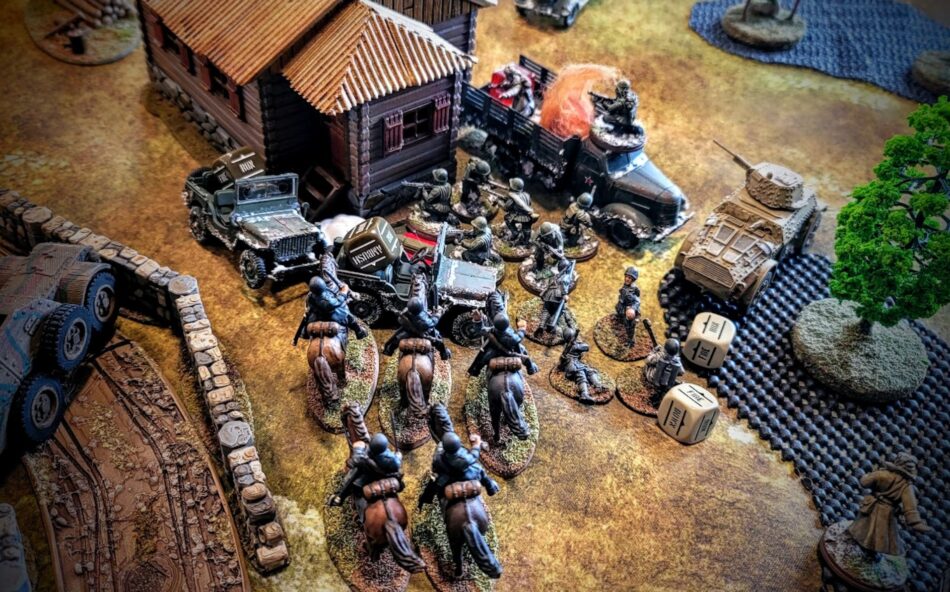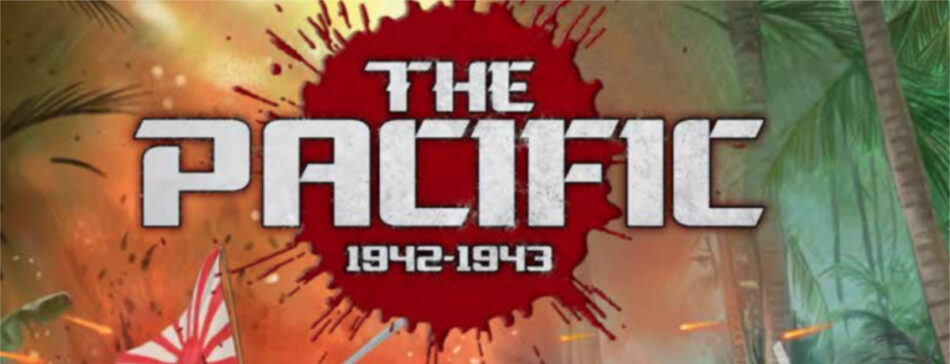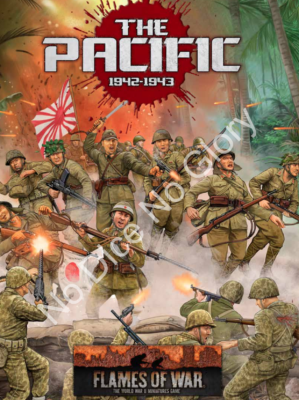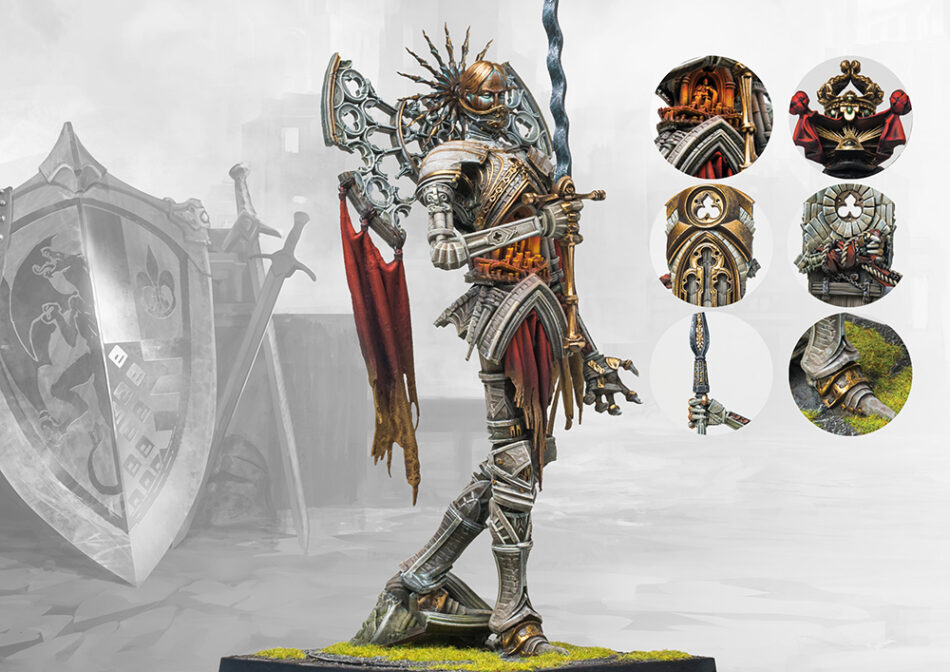Your Hobby Place Fredericksburg Bolt Action Tournament – 10 May 2025
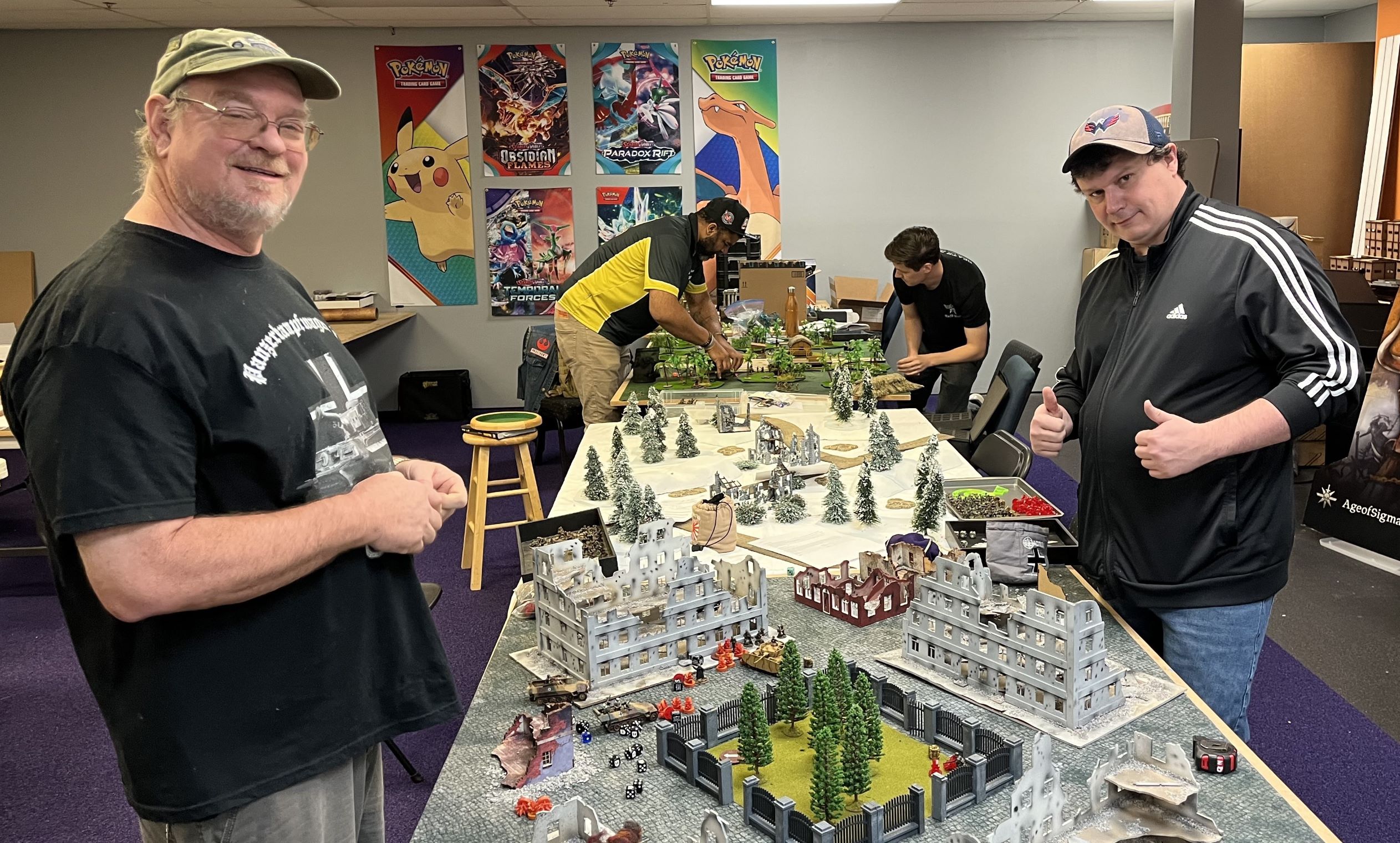
By Kreighton Long
I recently had the pleasure of attending a 1000 point Bolt Action tournament at Your Hobby Place in Fredericksburg, VA. The tournament was hosted by Josiah Nehrke and we began the day with six players. The participants played through three rounds: Key Positions, Seek and Destroy, and Breakthrough. The lower than expected turnout was likely due to the tournament falling on Mothers Day weekend and that the previous weekend was another local tournament at the Richmond Open. The event progressed smoothly with all parties respecting the prescribed schedule and the whole event had a friendly atmosphere with players joking and helping each other with rules throughout the day.
Josiah’s highlight of the tournament was the high standard for how the players’ armies were painted. He considers it rare to have such effort and care put into every players’ armies at events and the paint jobs, paired with the tables, made the event a special one. Special shout out to Wayne W. for his excellent terrain. Wayne provided nearly 100% of everything on the tables and multiple players took the time to praise the tables we had the opportunity to play on.
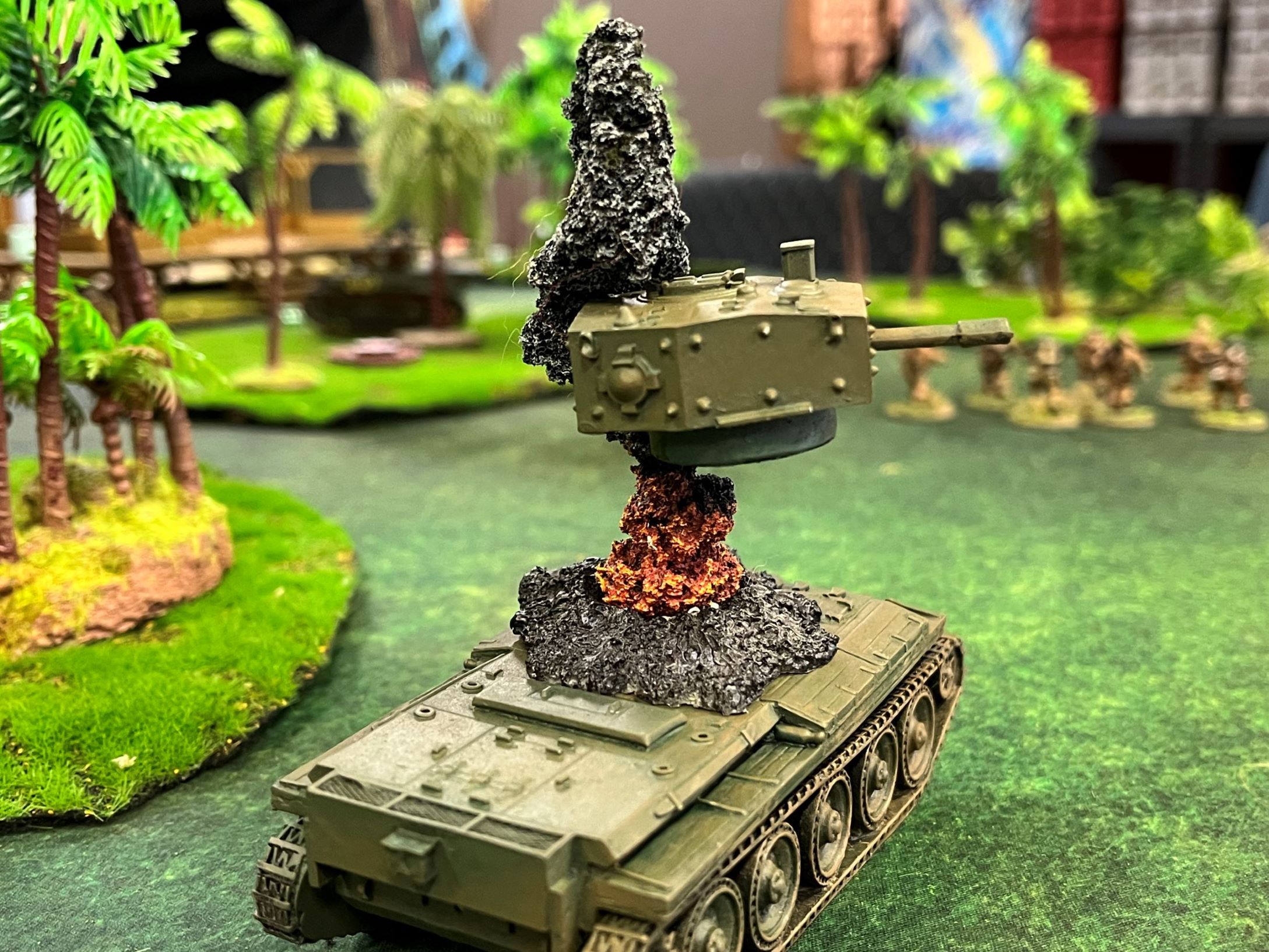
After finishing the day with two wins and a loss, I took home first place. My Italians pleasantly surprised me with how well they played following a disappointing few months before replacing three L6/40s with two M15/41s. The M15/41s worked well as they put out up to four pins per turn, if they divided their fire and had targets to engage, and even succeeded in knocking out three vehicles during the day. Fingers crossed that I can replicate this success at my next tournament at the end of May. The highlight of the tournament for me was having the opportunity to see so many well-painted armies on great looking tables. I’m a sucker for the aesthetics of this hobby and when players put effort and pride into armies that go on tables similarly decorated, I can’t help but have a great day.

The second place finisher was Tom Slook, who also finished with two wins and a loss. Tom’s highlight from the tournament was his Hellcat advancing out of cover, hitting and knocking out his opponents Centaur with the first order die of the first turn of the first game. That gave Tom a notable morale boost early which carried him through the remainder of the tournament. His most valuable unit was the M5 Stuart with hedgerow cutters. The 5+ upgrade allowed the Stuart to open holes in the bocage in his second game which gave him a distinct advantage over his opponent. Tom also took home the award for Best Sportsman. Congrats Tom!
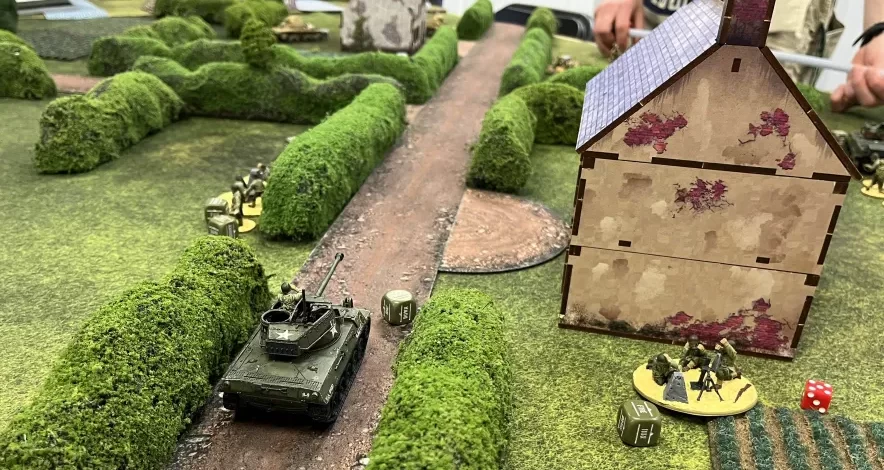
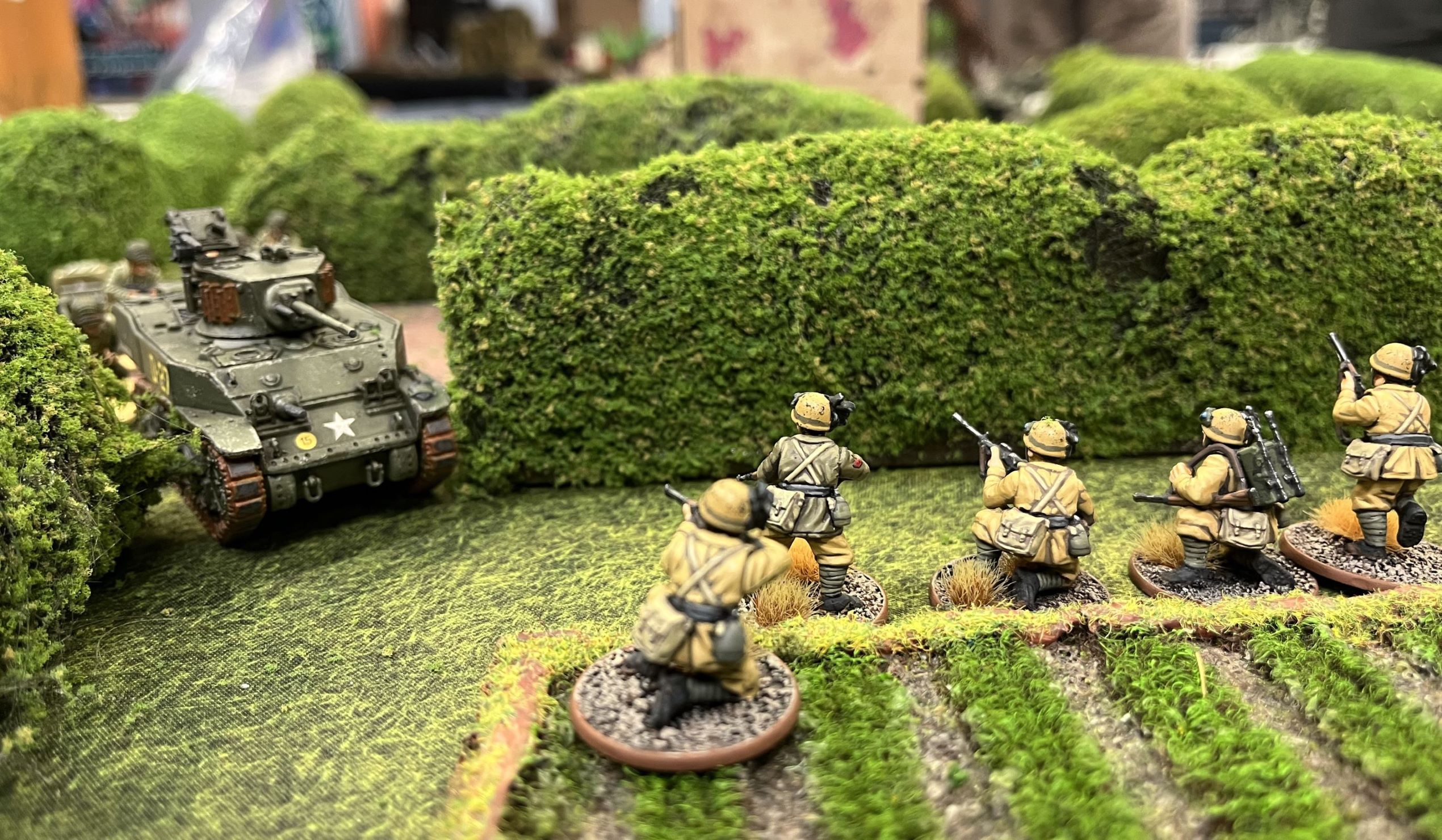
Joe Dent took home third place with a record of 1-1-1. Joe’s highlights from the tournament featured the paint jobs of the armies present. The tables themselves were also a treat for the players. The tables were well designed and decorated and each presented a unique challenge for players. Joe remarked how when seeing the tables he didn’t think, “oh god I hope I’m not on that one.” Joe’s most valuable units were his Regular German Grenadiers and his Veteran Panzer IV G with Panzer Ace. Joe brought five identical Grenadier squads and used the one LMG per squad to reach out and put pins on units to force his opponents to take Order Checks. Working together, the squads stacked pins on units even pinning out an enemy squad in the third round. Joe’s Panzer Ace Panzer IV was a real menace. As a Veteran tank, it ignored pins that could not penetrate it’s armor which kept it active throughout the game and it’s murderous Pen 6+1+D6 make quick work of any target it landed it hit on. It knocked out enemy armor in and survived all three rounds. After eliminating the enemy’s armor, the Panzer IV became a mobile machine gun bunker reliably putting pins on two enemy units per round of firing. Congrats Joe!
The Best Painted Army award went to my North African Italians. Josiah emphasized how the judge had to make several laps around the armies during the lunch break due to the caliber of submissions. This was my first foray into desert themed armies and I ended up enjoying the change of color schemes. The tan and ochre colors help my units stand out compared to the more common European themed armies which I believe will help them stand out during future painting competitions.
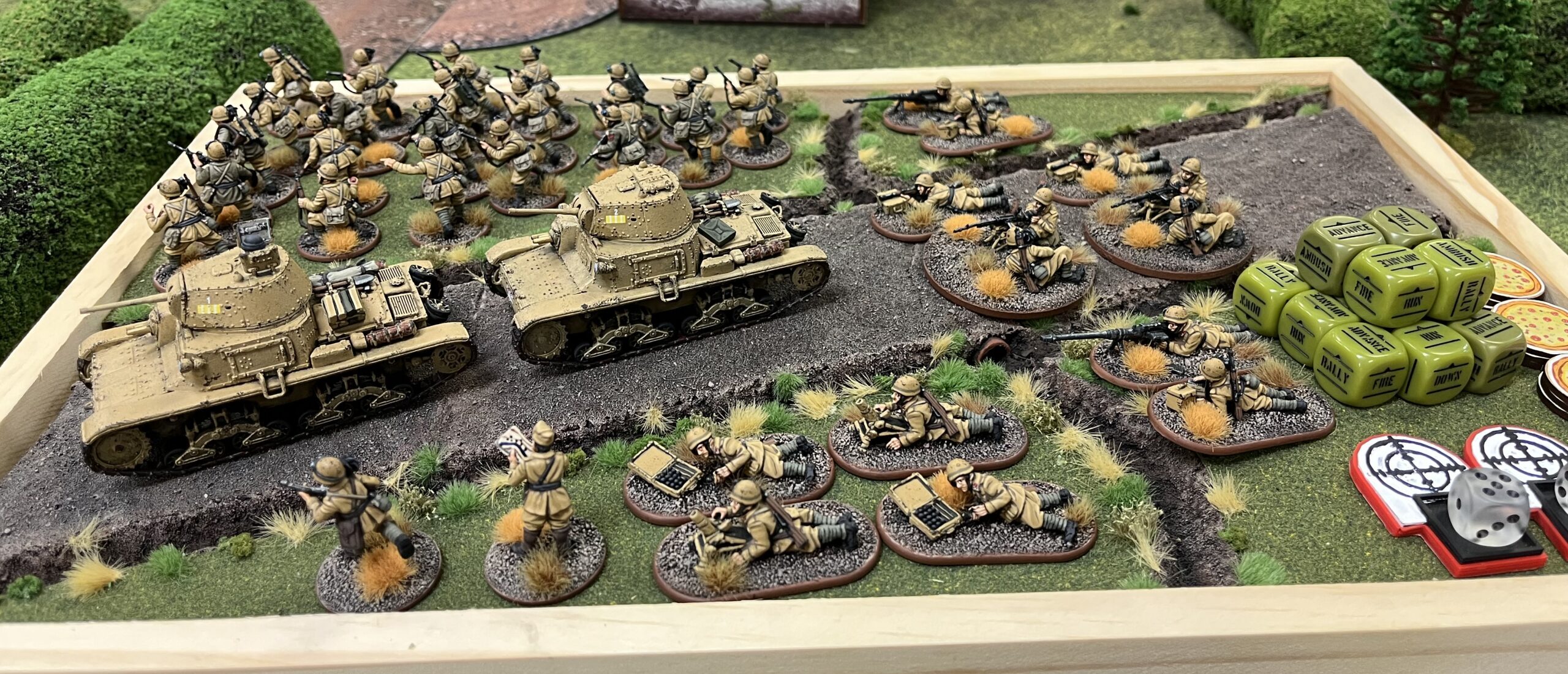






Your Hobby Place, Fredericksburg, is planning on hosting another tournament in July. Keep an eye out for advertising for that tournament. Josiah is taking a break and will not run that tournament but plans on being back in his TO chair in November.
Thank you to the sponsors — Warlord Games and Your Hobby Place. Warlord Games provided a prize support package and Your Hobby Place the entry costs into store credit for the first and second place finishers.
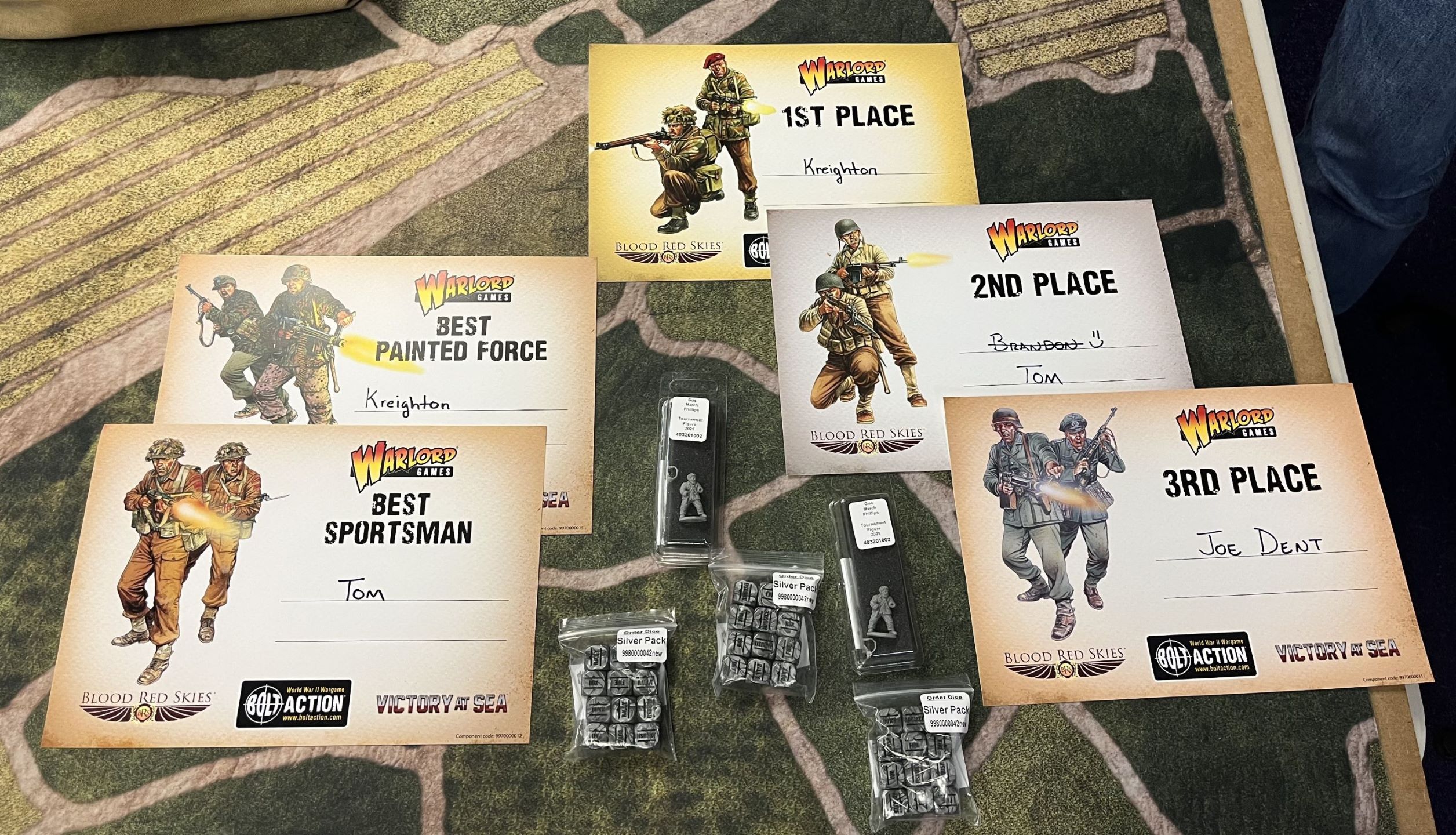
See you next time!

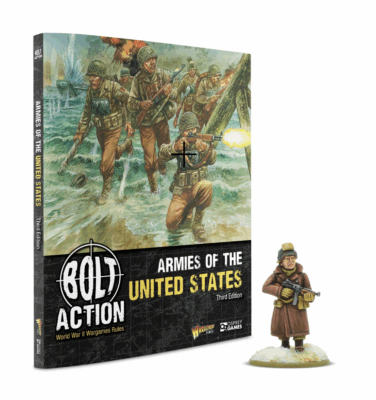
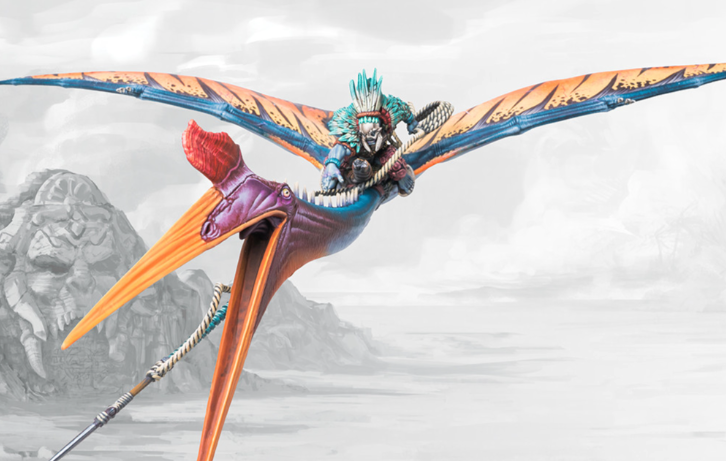
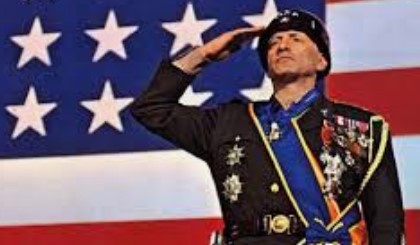
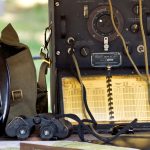 What a treat we have today, we have Non-Breaking and Stephen Rangazas, the designers for
What a treat we have today, we have Non-Breaking and Stephen Rangazas, the designers for 